TITLES BY OCTAVIO PAZ AVAILABLE FROM
ARCADE PUBLISHING
Alternating Current
Conjunctions and Disjunctions
Marcel Duchamp: Appearance Stripped Bare
The Monkey Grammarian
On Poets and Others
Copyright 1974, 2011 by Editorial Seix Barrai, S.A.
English-language translation copyright 1981, 2011 by Seaver Books
All Rights Reserved. No part of this book may be reproduced in any manner without the express written consent of the publisher, except in the case of brief excerpts in critical reviews or articles. All inquiries should be addressed to Arcade Publishing, 307 West 36th Street, 11th Floor, New York, NY 10018.
Arcade Publishing books may be purchased in bulk at special discounts for sales promotion, corporate gifts, fund-raising, or educational purposes. Special editions can also be created to specifications. For details, contact the Special Sales Department, Arcade Publishing, 307 West 36th Street, 11th Floor, New York, NY 10018 or .
Arcade Publishing is a registered trademark of Skyhorse Publishing, Inc., a Delaware corporation.
Originally published in Spain in Editorial Seix Barral, S.A., under the title El Mono Gramtico
Visit our website at www.arcadepub.com .
10 9 8 7 6 5 4 3 2 1
Library of Congress Cataloging-in-Publication Data is available on file.
ISBN: 978-1-61145-481-9
HANUM N, HANUMAT, HANMAT. A celebrated monkey chief. He was able to fly and is a conspicuous figure in the R
N, HANUMAT, HANMAT. A celebrated monkey chief. He was able to fly and is a conspicuous figure in the R m
m yana, Hanum
yana, Hanum n leaped from India to Ceylon in one bound; tore up trees, carried away the Himalayas, seized the clouds and performed many other wonderful exploits. Among his other accomplishments, Hanum
n leaped from India to Ceylon in one bound; tore up trees, carried away the Himalayas, seized the clouds and performed many other wonderful exploits. Among his other accomplishments, Hanum n was a grammarian; and the R
n was a grammarian; and the R m
m yana says: The chief of monkeys is perfect; no one equals him in the sastras, in learning, and in ascertaining the sense of the scriptures (or in moving at will). It is well known that Hanum
yana says: The chief of monkeys is perfect; no one equals him in the sastras, in learning, and in ascertaining the sense of the scriptures (or in moving at will). It is well known that Hanum n was the ninth author of grammar.
n was the ninth author of grammar.
John Dowson, M. R. A. S.,
A Classical Dictionary of Hindu Mythology
TO MARIE JOS
 The best thing to do will be to choose the path to Galta, traverse it again (invent it as I traverse it), and without realizing it, almost imperceptibly, go to the end-without being concerned about what going to the end means or what I meant when I wrote that phrase. At the very beginning of the journey, already far off the main highway, as I walked along the path that leads to Galta, past the little grove of banyan trees and the pools of foul stagnant water, through the Gateway fallen into ruins and into the main courtyard bordered by dilapidated houses, I also had no idea where I was going, and was not concerned about it. I wasnt asking myself questions: I was walking, merely walking, with no fixed itinerary in mind. I was simply setting forth to meet what? I didnt know at the time, and I still dont know. Perhaps that is why I wrote going to the end: in order to find out, in order to discover what there is after the end. A verbal trap; after the end there is nothing, since if there were something, the end would not be the end. Nonetheless, we are always setting forth to meet, even though we know that there is nothing, or no one, awaiting us. We go along, without a fixed itinerary, yet at the same time with an end (what end?) in mind, and with the aim of reaching the end. A search for the end, a dread of the end: the obverse and the reverse of the same act. Without this end that constantly eludes us we would not journey forth, nor would there be any paths. But the end is the refutation and the condemnation of the path: at the end the path dissolves, the meeting fades away to nothingness. And the endit too fades away to nothingness.
The best thing to do will be to choose the path to Galta, traverse it again (invent it as I traverse it), and without realizing it, almost imperceptibly, go to the end-without being concerned about what going to the end means or what I meant when I wrote that phrase. At the very beginning of the journey, already far off the main highway, as I walked along the path that leads to Galta, past the little grove of banyan trees and the pools of foul stagnant water, through the Gateway fallen into ruins and into the main courtyard bordered by dilapidated houses, I also had no idea where I was going, and was not concerned about it. I wasnt asking myself questions: I was walking, merely walking, with no fixed itinerary in mind. I was simply setting forth to meet what? I didnt know at the time, and I still dont know. Perhaps that is why I wrote going to the end: in order to find out, in order to discover what there is after the end. A verbal trap; after the end there is nothing, since if there were something, the end would not be the end. Nonetheless, we are always setting forth to meet, even though we know that there is nothing, or no one, awaiting us. We go along, without a fixed itinerary, yet at the same time with an end (what end?) in mind, and with the aim of reaching the end. A search for the end, a dread of the end: the obverse and the reverse of the same act. Without this end that constantly eludes us we would not journey forth, nor would there be any paths. But the end is the refutation and the condemnation of the path: at the end the path dissolves, the meeting fades away to nothingness. And the endit too fades away to nothingness.
Setting forth once more, embarking upon the search once again: the narrow path that snakes among livid rocks and desolate, camel-colored hills; white houses hanging suspended from cliffs, looking as though they were about to let go and fall on the wayfarers head; the smell of sweating hides and cow dung; the buzz of afternoon; the screams of monkeys leaping about amid the branches of the trees or scampering along the flat rooftops or swinging from the railings of a balcony; overhead, birds circling and the bluish spirals of smoke rising from kitchen fires; the almost pink light on the stones; the taste of salt on parched lips; the sound of loose earth slithering away beneath ones feet; the dust that clings to ones sweat-drenched skin, makes ones eyes red, and chokes ones lungs; images, memories, fragmentary shapes and formsall those sensations, visions, half-thoughts that appear and disappear in the wink of an eye, as one sets forth to meet. The path also disappears as I think of it, as I say it.

Hanum n, drawing on paper, Rajasthan, 18th century. Collection of Marie Jos Paz (photograph by Daniel David).
n, drawing on paper, Rajasthan, 18th century. Collection of Marie Jos Paz (photograph by Daniel David).
 Through my window, some three hundred yards away, the dark green bulk of the grove of trees, a mountain of leaves and branches that sways back and forth and threatens to fall over. A populace of beeches, birches, aspens, and ash trees gathered together on a slight prominence, their tops all capsizing, transformed into a single liquid mass, the crest of a heaving sea. The wind shakes them and lashes them until they howl in agony. The trees twist, bend, straighten up again with a deafening creak and strain upward as though struggling to uproot themselves and flee. No, they do not give in. The pain of roots and broken limbs, the fierce stubbornness of plants, no less powerful than that of animals and men. If these trees were suddenly to start walking, they would destroy everything in their path. But they choose to remain where they are: they do not have blood or nerves, only sap, and instead of rage or fear, a silent tenacity possesses them. Animals flee or attack; trees stay firmly planted where they are. Patience: the heroism of plants. Being neither a lion nor a serpent: being a holm-oak, a piru-tree.
Through my window, some three hundred yards away, the dark green bulk of the grove of trees, a mountain of leaves and branches that sways back and forth and threatens to fall over. A populace of beeches, birches, aspens, and ash trees gathered together on a slight prominence, their tops all capsizing, transformed into a single liquid mass, the crest of a heaving sea. The wind shakes them and lashes them until they howl in agony. The trees twist, bend, straighten up again with a deafening creak and strain upward as though struggling to uproot themselves and flee. No, they do not give in. The pain of roots and broken limbs, the fierce stubbornness of plants, no less powerful than that of animals and men. If these trees were suddenly to start walking, they would destroy everything in their path. But they choose to remain where they are: they do not have blood or nerves, only sap, and instead of rage or fear, a silent tenacity possesses them. Animals flee or attack; trees stay firmly planted where they are. Patience: the heroism of plants. Being neither a lion nor a serpent: being a holm-oak, a piru-tree.
Clouds the color of steel have filled the sky; it is almost white in the distance, gradually turning darker and darker toward the center, just above the grove of trees, where it gathers in violent, deep purple masses. The trees shriek continuously beneath these malevolent accumulations. Toward the right the grove is a little less dense and the leafy intertwining branches of two beeches form a dark archway. Beneath the arch there is a bright, extraordinarily quiet space, a sort of pool of light that is not completely visible from here, since the horizontal line of the neighbors wall cuts across it. It is a low wall, a brick surface laid out in squares like graph paper, over which there extends the cold green stain ofa rosebush. In certain spots where there are no leaves, the knotty trunk and the bifurcations of its spreading branches, bristling with thorns, can be seen. A profusion of arms, pincers, claws and other extremities studded with spiny barbs: I had never thought of a rosebush as an immense crab. The patio must be some forty yards square; it is paved in cement, and along with the rosebush, a minuscule meadow dotted with daisies sets it off. In one corner there is a small table of dark wood which has long since fallen apart. What could it have been used for? Perhaps it was once a plant stand. Every day, for several hours, as I read or write, it is there in front of me, but even though I am quite accustomed to its presence, it continues to seem incongruous to me: what is it doing there? At times I am aware of it as one would be aware of an error, or an untoward act; at other times I see it as a critique. A critique of the rhetoric of the trees and the wind. In the opposite corner is the garbage can, a metal container three feet high and a foot and a half in diameter: four wire feet that support a cylinder with a rusty cover, lined with a plastic sack to hold the refuse. The sack is a fiery red color. Crabs again. The table and the garbage can, the brick walls and the cement paving enclose space. Do they enclose it or are they doors that open onto it?
Next page
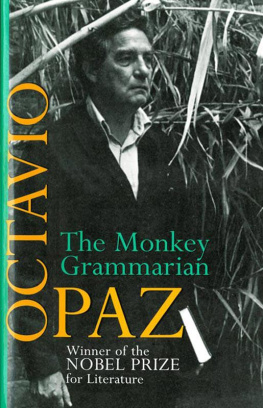
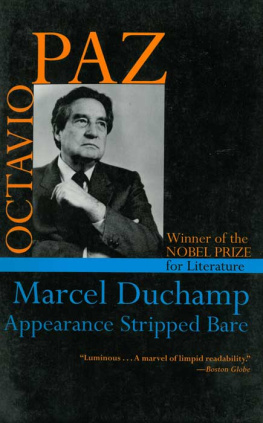

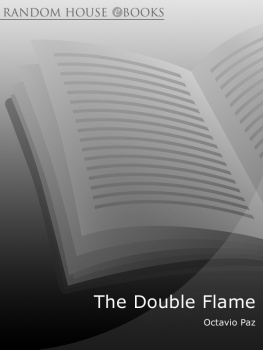
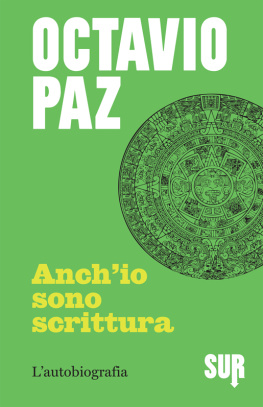


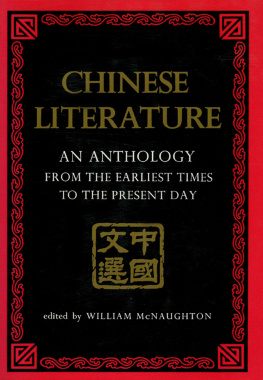
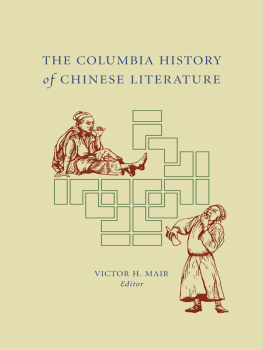
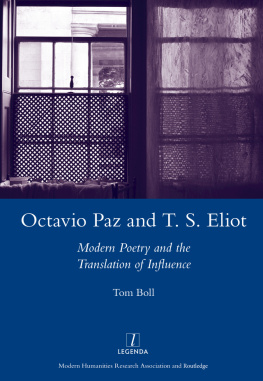
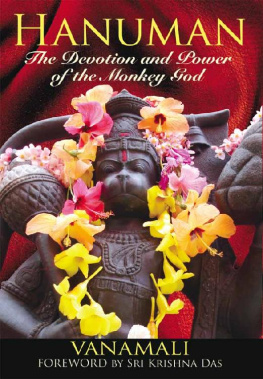
 N, HANUMAT, HANMAT. A celebrated monkey chief. He was able to fly and is a conspicuous figure in the R
N, HANUMAT, HANMAT. A celebrated monkey chief. He was able to fly and is a conspicuous figure in the R m
m The best thing to do will be to choose the path to Galta, traverse it again (invent it as I traverse it), and without realizing it, almost imperceptibly, go to the end-without being concerned about what going to the end means or what I meant when I wrote that phrase. At the very beginning of the journey, already far off the main highway, as I walked along the path that leads to Galta, past the little grove of banyan trees and the pools of foul stagnant water, through the Gateway fallen into ruins and into the main courtyard bordered by dilapidated houses, I also had no idea where I was going, and was not concerned about it. I wasnt asking myself questions: I was walking, merely walking, with no fixed itinerary in mind. I was simply setting forth to meet what? I didnt know at the time, and I still dont know. Perhaps that is why I wrote going to the end: in order to find out, in order to discover what there is after the end. A verbal trap; after the end there is nothing, since if there were something, the end would not be the end. Nonetheless, we are always setting forth to meet, even though we know that there is nothing, or no one, awaiting us. We go along, without a fixed itinerary, yet at the same time with an end (what end?) in mind, and with the aim of reaching the end. A search for the end, a dread of the end: the obverse and the reverse of the same act. Without this end that constantly eludes us we would not journey forth, nor would there be any paths. But the end is the refutation and the condemnation of the path: at the end the path dissolves, the meeting fades away to nothingness. And the endit too fades away to nothingness.
The best thing to do will be to choose the path to Galta, traverse it again (invent it as I traverse it), and without realizing it, almost imperceptibly, go to the end-without being concerned about what going to the end means or what I meant when I wrote that phrase. At the very beginning of the journey, already far off the main highway, as I walked along the path that leads to Galta, past the little grove of banyan trees and the pools of foul stagnant water, through the Gateway fallen into ruins and into the main courtyard bordered by dilapidated houses, I also had no idea where I was going, and was not concerned about it. I wasnt asking myself questions: I was walking, merely walking, with no fixed itinerary in mind. I was simply setting forth to meet what? I didnt know at the time, and I still dont know. Perhaps that is why I wrote going to the end: in order to find out, in order to discover what there is after the end. A verbal trap; after the end there is nothing, since if there were something, the end would not be the end. Nonetheless, we are always setting forth to meet, even though we know that there is nothing, or no one, awaiting us. We go along, without a fixed itinerary, yet at the same time with an end (what end?) in mind, and with the aim of reaching the end. A search for the end, a dread of the end: the obverse and the reverse of the same act. Without this end that constantly eludes us we would not journey forth, nor would there be any paths. But the end is the refutation and the condemnation of the path: at the end the path dissolves, the meeting fades away to nothingness. And the endit too fades away to nothingness.